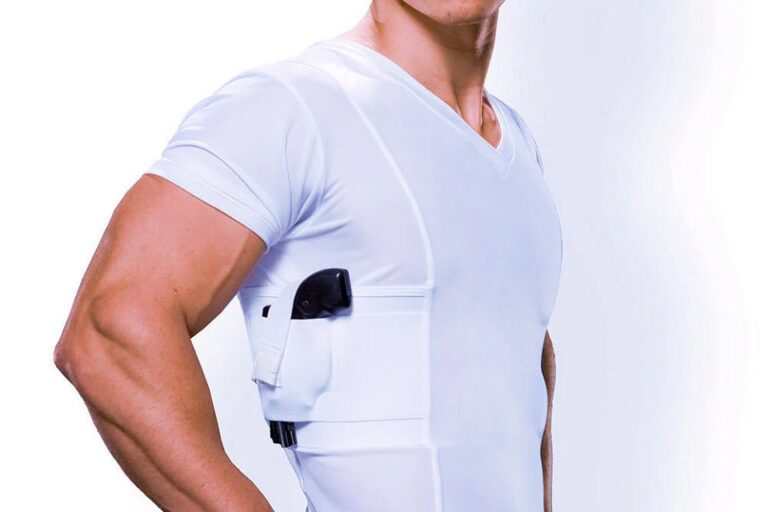Diving into the mesmerizing underwater world offers a sense of freedom and tranquility that’s hard to match. Whether you’re a seasoned diver or just starting, mastering buoyancy control is key to enhancing your diving experience.
In this article, we’ll delve into the science behind buoyancy in diving and provide practical tips, techniques, and exercises to help you achieve better diving control.
The Science Of Buoyancy In Diving
Buoyancy is the magical force that allows divers to effortlessly float in water. It’s the perfect balance between the weight of your body and the water you displace. Understanding this principle is fundamental for maintaining control and stability underwater. When you achieve proper buoyancy, you can conserve energy, move gracefully, and navigate through the depths with ease.
Buoyancy Control Techniques
Mastering buoyancy control is the key to unlocking the beauty of underwater exploration. Here are essential techniques to help you achieve that perfect balance beneath the waves:
- Breathing Awareness: Controlling your breath is a cornerstone of buoyancy control. Slow, deep breaths help you maintain a consistent volume of air in your lungs, affecting your overall buoyancy.
- BCD (Buoyancy Control Device) Management: Master the art of inflating and deflating your BCD. Small adjustments can make a big difference in your position underwater.
- Weight Distribution: Proper placement of weights on your weight belt or integrated weight system can help you achieve optimal buoyancy.
Tips For Better Control
Achieving impeccable buoyancy control involves finesse and mindful techniques. Consider these valuable tips to enhance your underwater maneuverability:
- Mind Your Movements: Slow and deliberate movements minimize disturbances in the water, allowing you to maintain your position effortlessly.
- Trim Your Gear: Make sure your equipment is streamlined and well-fitted to avoid unnecessary drag that can affect your buoyancy.
- Use Visual References: Maintain your orientation by using natural markers underwater, helping you stay level and avoid drifting.
Preparing Your Body
To enhance your buoyancy control, it’s essential to prepare your body. Surprisingly, the health of your feet plays a role in this. Using toe spacers, a simple tool that separates your toes, can make a great impact. This might not seem directly related to diving, but healthy feet with proper spacing can improve your balance and posture, which are essential for maintaining optimal buoyancy. Moreover, the benefits extend beyond just diving; toe spacers enhance overall foot health.
Furthermore, it’s worth noting that choosing the best toe separator brand can make a significant difference. Look for a brand that offers ergonomic designs and comfortable materials to ensure a positive impact on your foot health.
Diving Drills & Exercises
Refining your buoyancy control skills requires hands-on practice. Here are engaging drills and exercises to help you master the art of underwater equilibrium:
- Neutral Buoyancy Practice: Work on achieving neutral buoyancy by adjusting your weight system and controlling your breath. Hover in one spot without rising or sinking.
- Hovering Techniques: Practice different body positions, such as the horizontal trim, to find the most stable and efficient posture underwater.
- Buoyancy Games: Engage in fun games that challenge your buoyancy control, such as maneuvering through hoops or hovering above the sea floor.
Conclusion
Buoyancy control is the bridge that connects you to the captivating world beneath the surface. Mastering it requires practice, awareness, and a touch of science. By incorporating techniques like proper breathing, BCD management, and weight distribution, you’ll find yourself gliding through the water with finesse.
Remember, it’s not just about the gear and techniques; your body’s preparation matters too. So, embark on your buoyancy journey, and with the right mix of knowledge and practice, you’ll unlock the full beauty of the underwater realm.



